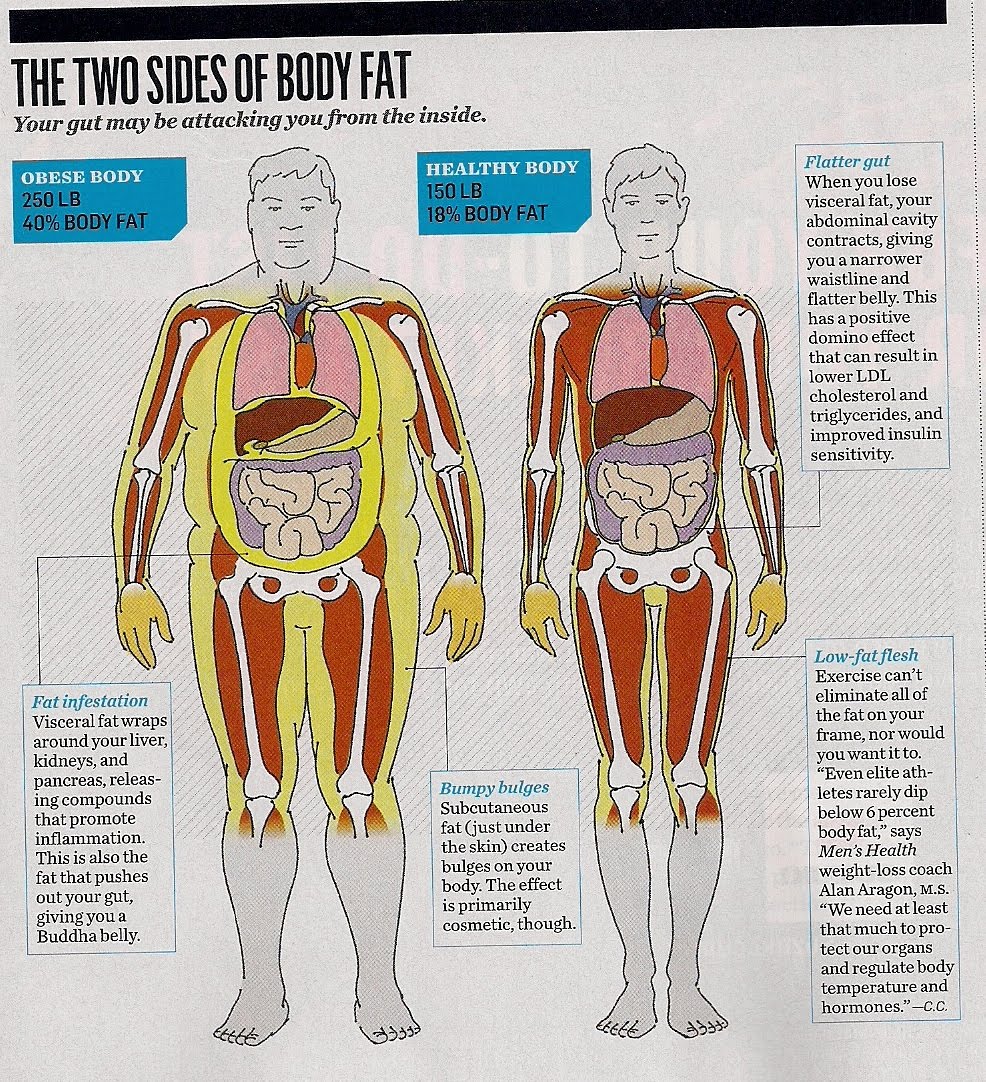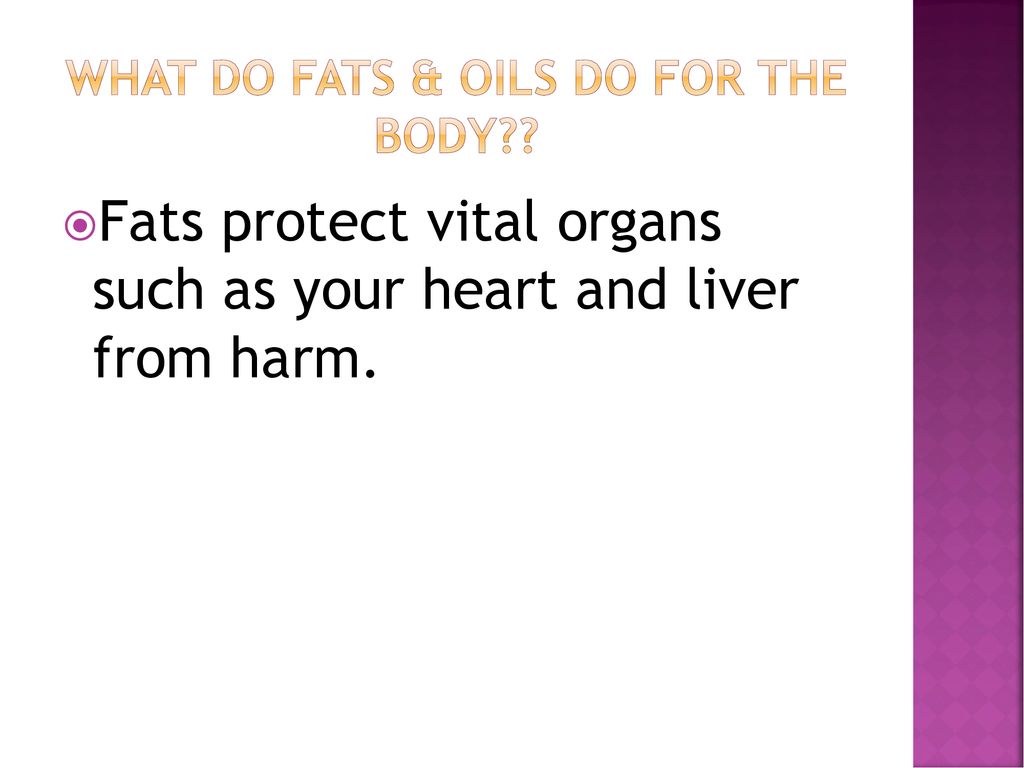Fat In The Body Helps To Protect Vital Organs

The word "fat" often conjures negative images of health risks and societal pressures. However, beneath the surface of this common perception lies a complex reality: fat plays a crucial role in protecting our vital organs and ensuring bodily functions run smoothly.
While excess fat, particularly visceral fat, is undoubtedly linked to diseases like diabetes and heart disease, certain types of fat and its strategic placement within the body offer significant protective benefits. This article explores the surprising ways in which fat acts as a shield for our organs, the science behind this protection, and the implications for understanding healthy body composition.
The Body's Natural Armor: How Fat Cushions and Protects
Our bodies are ingeniously designed, and the distribution of fat is no exception. A key function of fat is to act as a physical cushion, safeguarding delicate organs from impact and injury.
Think of the kidneys, for instance. Perirenal fat, the layer of fat surrounding the kidneys, provides essential support and protection. A blow to the back could severely damage these vital organs if not for this cushioning effect.
Beyond Cushioning: Insulation and Energy Reserve
Beyond physical protection, fat also provides insulation. This insulation helps maintain a stable body temperature, preventing organs from becoming too cold or too hot. Fat serves as an efficient energy reserve, providing fuel for organs when immediate energy from food is unavailable.
This is particularly important during periods of fasting or increased physical exertion, ensuring organs can continue functioning optimally. The subcutaneous fat layer beneath the skin acts as a barrier against heat loss.
The Science of Fat: Types and Their Roles
Not all fat is created equal. Understanding the different types of fat and their specific roles is crucial to appreciating the protective functions of this often-maligned tissue.
White adipose tissue (WAT) is the most common type of fat, primarily responsible for storing energy and providing insulation. Brown adipose tissue (BAT), on the other hand, is metabolically active and helps generate heat, particularly in infants.
Visceral fat, located deep within the abdomen around organs, is the type most strongly associated with health risks. However, even visceral fat plays a role in hormone regulation and other metabolic processes, although excessive amounts are detrimental. Subcutaneous fat, found directly under the skin, is generally considered less harmful than visceral fat.
Official Statements and Research Findings
The National Institutes of Health (NIH) acknowledges the vital functions of fat, emphasizing that a certain amount of body fat is necessary for survival and overall health. Their research highlights the importance of maintaining a healthy balance of fat types and distribution.
Studies published in the Journal of Clinical Endocrinology & Metabolism have demonstrated the role of perirenal fat in protecting the kidneys from damage and maintaining proper kidney function. Research from the American Heart Association acknowledges that while excessive visceral fat is a risk factor for cardiovascular disease, some fat is necessary for hormonal balance and cellular function.
The Importance of a Balanced Perspective
While fat serves crucial protective functions, it is essential to maintain a balanced perspective. Overconsumption of calories and a sedentary lifestyle can lead to excessive fat accumulation, particularly visceral fat, which increases the risk of chronic diseases.
Public health initiatives consistently emphasize the importance of a healthy diet, regular physical activity, and maintaining a healthy weight to minimize the risks associated with excess fat. Focusing solely on eliminating fat is not a sustainable or healthy approach.
"The key is not to demonize fat, but to understand its complexities and strive for a healthy body composition that supports overall well-being," states Dr. Emily Carter, a leading endocrinologist at Mayo Clinic.
Multiple Perspectives: Body Positivity and Health at Every Size
The conversation around fat has evolved significantly, incorporating perspectives from the body positivity movement and the Health at Every Size (HAES) approach. These perspectives challenge traditional weight-centric approaches to health, emphasizing that health outcomes are not solely determined by body weight.
Advocates for body positivity and HAES highlight the importance of self-acceptance, intuitive eating, and focusing on behaviors that promote well-being, regardless of body size. They argue that weight stigma and discrimination can have detrimental effects on mental and physical health.
Looking Ahead: Future Research and Implications
Ongoing research continues to unravel the complexities of fat metabolism and its role in overall health. Scientists are exploring ways to selectively target harmful visceral fat while preserving or even enhancing the beneficial functions of other fat types.
Future research may lead to targeted therapies that can modulate fat distribution and improve metabolic health without resorting to drastic weight loss measures. This will lead to a greater understanding of the specific genes that regulate fat storage and metabolism.
Ultimately, a nuanced understanding of fat – acknowledging its protective functions while mitigating the risks associated with excess – is crucial for promoting public health. Embracing a holistic approach that prioritizes healthy behaviors and self-acceptance is essential for fostering a positive relationship with our bodies and optimizing overall well-being.

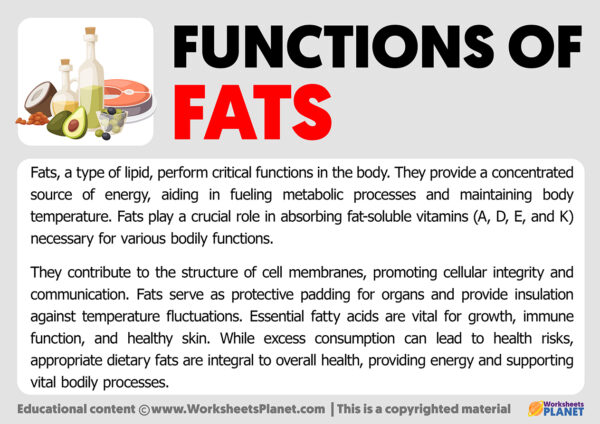


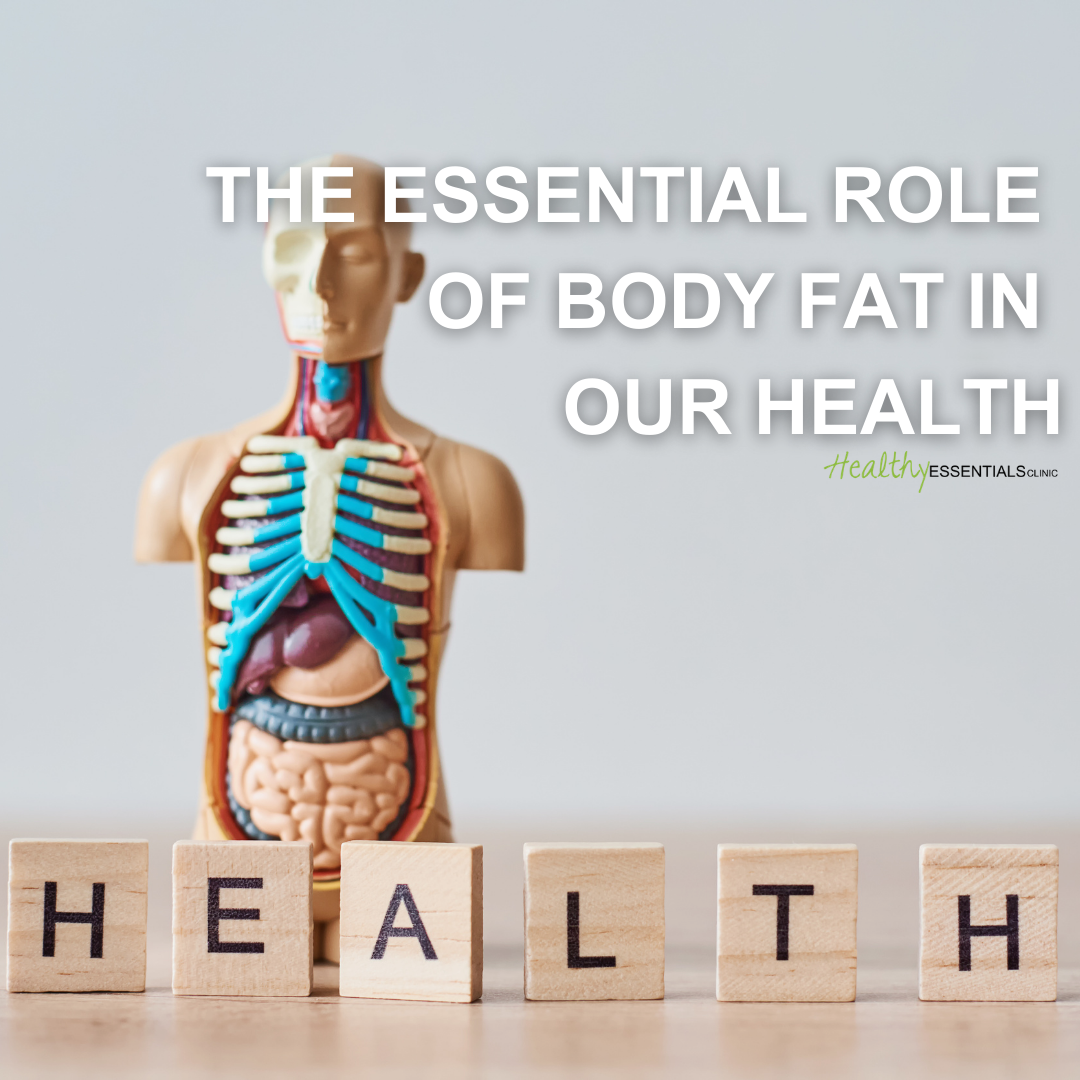

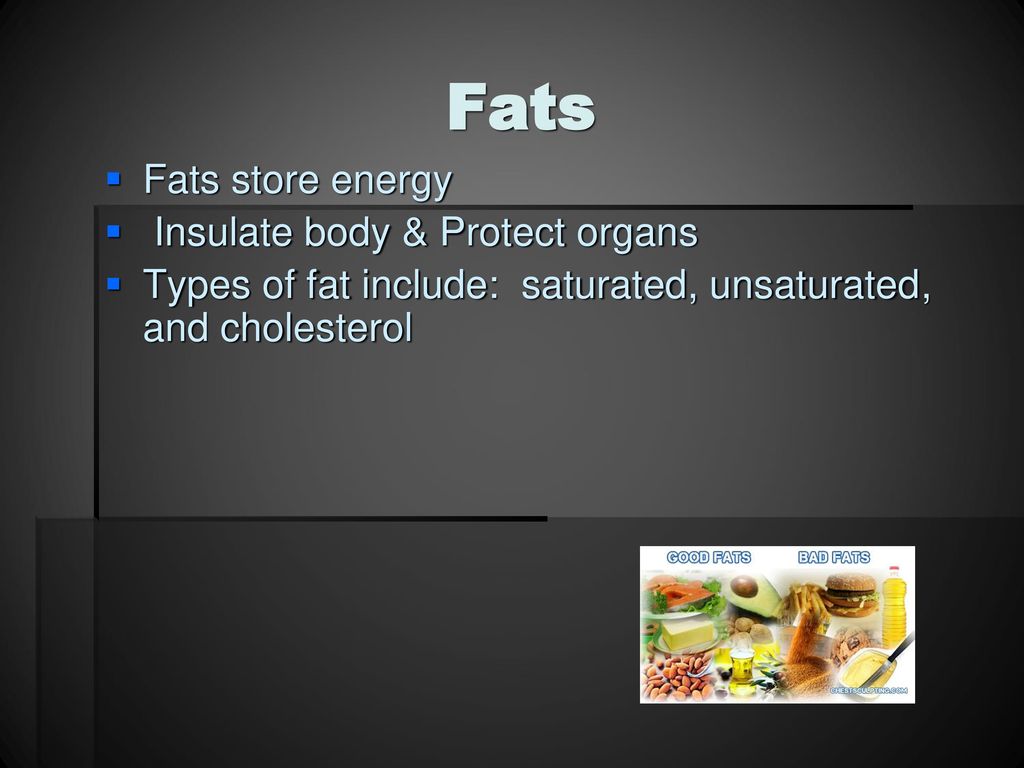
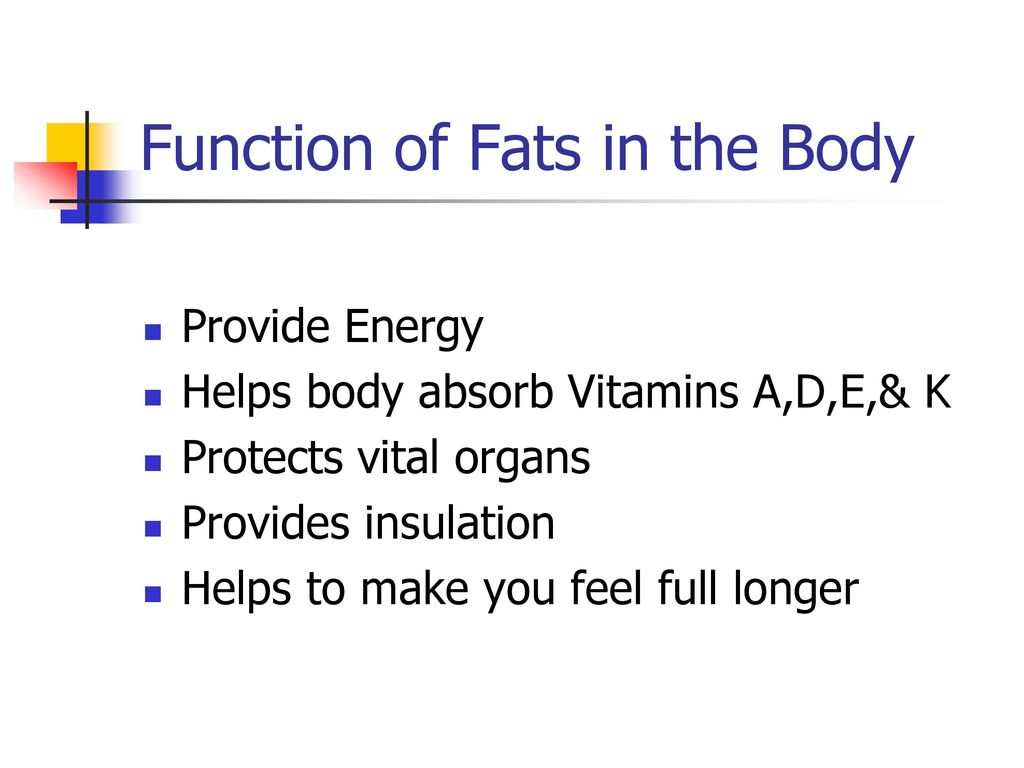

+Substances+such+as+fat%2C+oil%2C+or+wax%2C+that+dissolve+in+alcohol+but+not+water.+Body+uses+these+to+store+energy..jpg)




